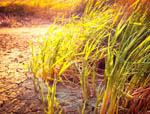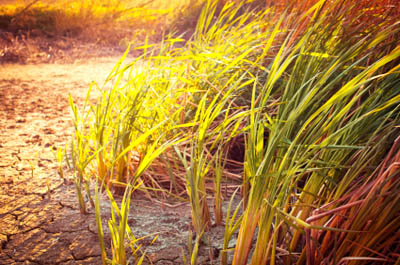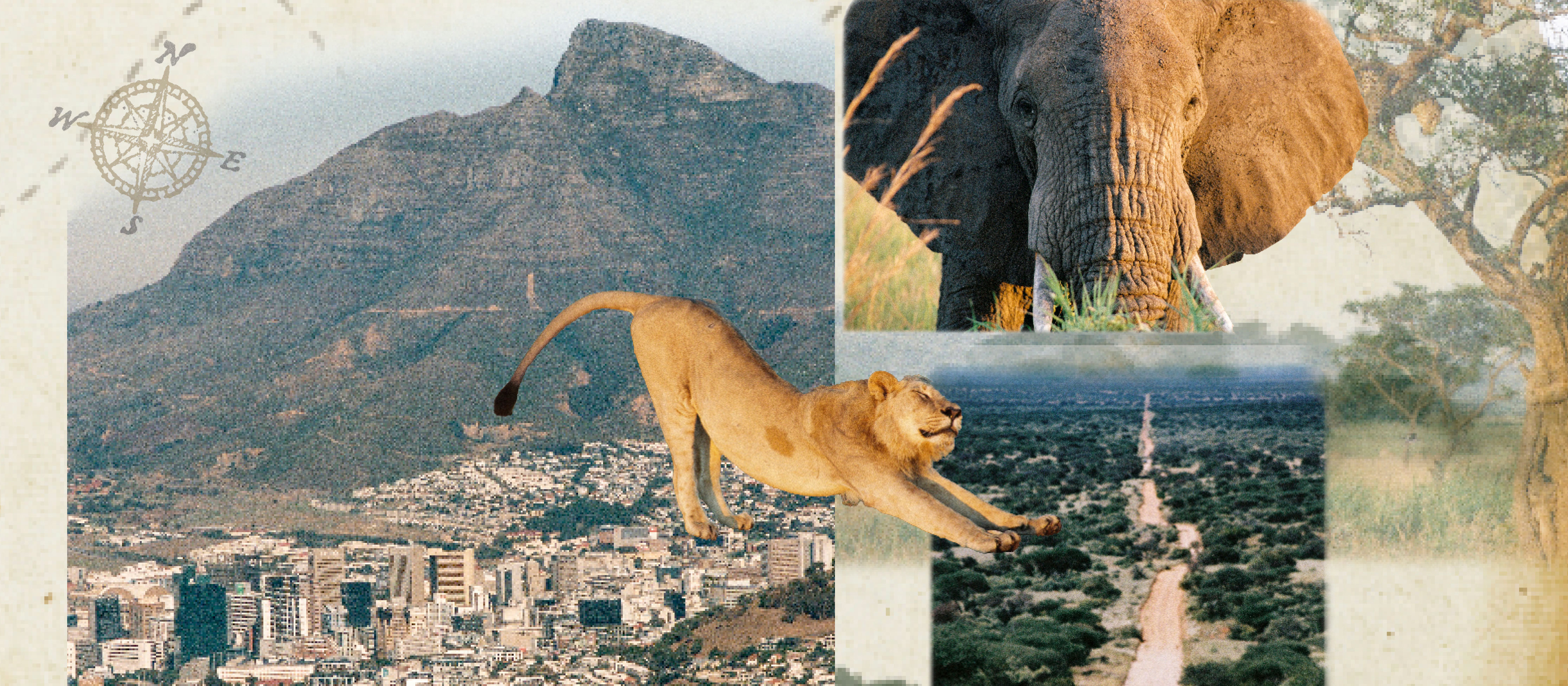Riverbanks caught out by drought
Lapwings, toads, water voles and trout are all being affected by the continuing dry weather


Lapwings, toads, water voles and trout are among the wildlife affected by the prevailing dry conditions, which have come at an inopportune time just as the breeding season begins. At this time of year, the Wildfowl and Wetlands Trust (WWT) is usually worrying about flooding at some of its reserves. Now, the charity is struggling to create the wet conditions that ground-nesting wader birds, such as lapwing, redshank and the rare black-tailed godwit, like for breeding at its southern and eastern reserves.
These birds also find most of their food at the water's edge. ‘We are worried,' says David Paynter, reserve manager at Slimbridge. ‘We're creating flooding by pumping water from nearby ditches, which we'd rather not do. We normally rely on winter rain to pour in, creating low-lying pools of water in the fields that retard grass growth. Without them, grass grows too strongly; the birds find it difficult to find food in thick grass. Of course, our colleagues in the North are wondering what all the fuss is about!'

The charity Froglife recently received a query from a toad-crossing volunteer about what to do if the pond on the other side of the road was dry frogs and toads are missing the humid conditions, such as spring drizzle, in which they like to migrate, as well as the bodies of water in which they breed. ‘In the short-term, some ponds drying out is not that much of a problem,' explains Froglife's Silviu Petrovan.
‘Ponds naturally fluctuate, and dry spells can benefit some species, as they decrease the chances of fish presence, meaning fewer predators for developing amphibians. But this is the second year in a row, and there's concern that it might become part of a longer-term trend. It highlights the need for networks of ponds of varying sizes and depths so animals can move to more suitable areas.'
Low water in rivers leaves water voles' burrows exposed and vulnerable to predators and, as the peak trout-fishing season looms, the outlook is gloomy. ‘This drought has already caused environmental damage to trout and salmon fishing,' says Paul Knight, chief executive of the Salmon & Trout Association. ‘The upper reaches of many rivers in the South and South-East have been dry this winter, so vital spawning and juvenile habitats have been lost. The knock-on effect should not be forgotten in the debate over water resources.' The Environment Agency says it's monitoring water abstraction from rivers and will be reviewing water companies' licences to do so.
The hosepipe ban across much of the south of England also takes effect next week, on April 5. Beech and birch trees are likely to suffer, and the fruits on some trees may be smaller. The RHS advises putting in plants when they're still small so they have a better chance of adjusting to conditions, and digging in large amounts of manure or compost to help water retention. Colin Crosbie, the curator at Wisley, advises regular mulching of plants.
- Subscribe to Country Life and save over £50 a year
Sign up for the Country Life Newsletter
Exquisite houses, the beauty of Nature, and how to get the most from your life, straight to your inbox.
Country Life is unlike any other magazine: the only glossy weekly on the newsstand and the only magazine that has been guest-edited by HRH The King not once, but twice. It is a celebration of modern rural life and all its diverse joys and pleasures — that was first published in Queen Victoria's Diamond Jubilee year. Our eclectic mixture of witty and informative content — from the most up-to-date property news and commentary and a coveted glimpse inside some of the UK's best houses and gardens, to gardening, the arts and interior design, written by experts in their field — still cannot be found in print or online, anywhere else.
-
 Vertigo at Victoria Falls, a sunset surrounded by lions and swimming in the Nile: A journey from Cape Town to Cairo
Vertigo at Victoria Falls, a sunset surrounded by lions and swimming in the Nile: A journey from Cape Town to CairoWhy do we travel and who inspires us to do so? Chris Wallace went in search of answers on his own epic journey the length of Africa.
By Christopher Wallace
-
 A gorgeous Scottish cottage with contemporary interiors on the bonny banks of the River Tay
A gorgeous Scottish cottage with contemporary interiors on the bonny banks of the River TayCarnliath on the edge of Strathtay is a delightful family home set in sensational scenery.
By James Fisher